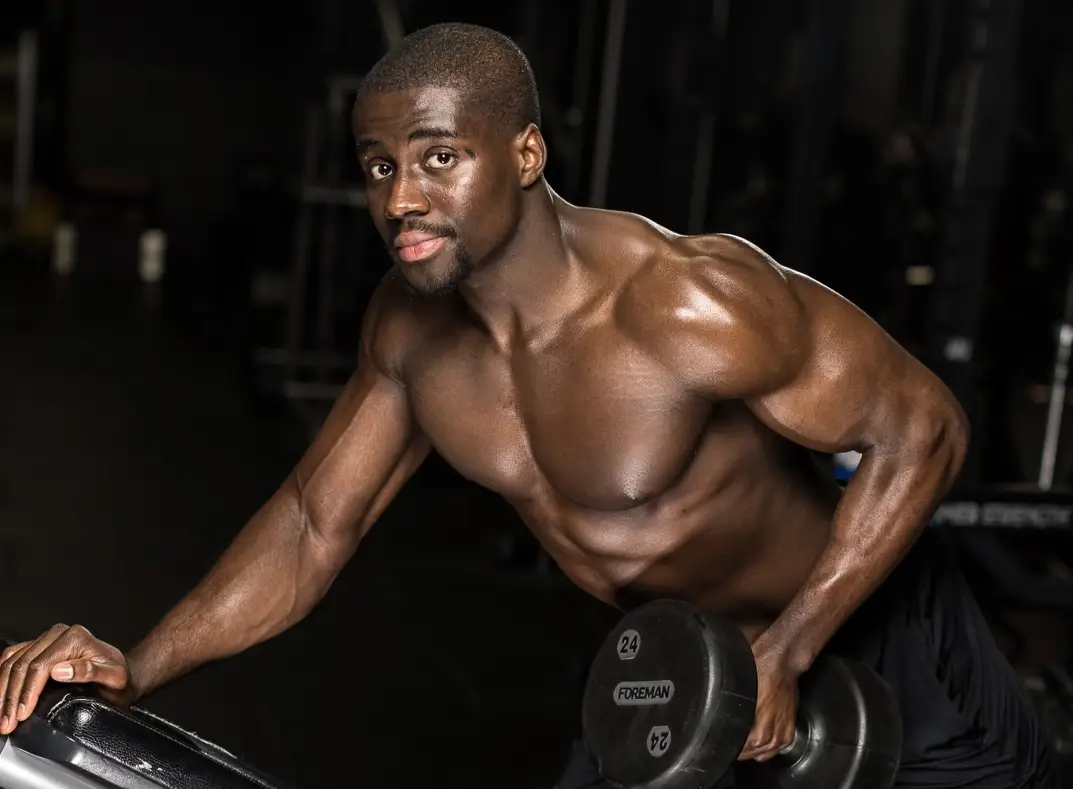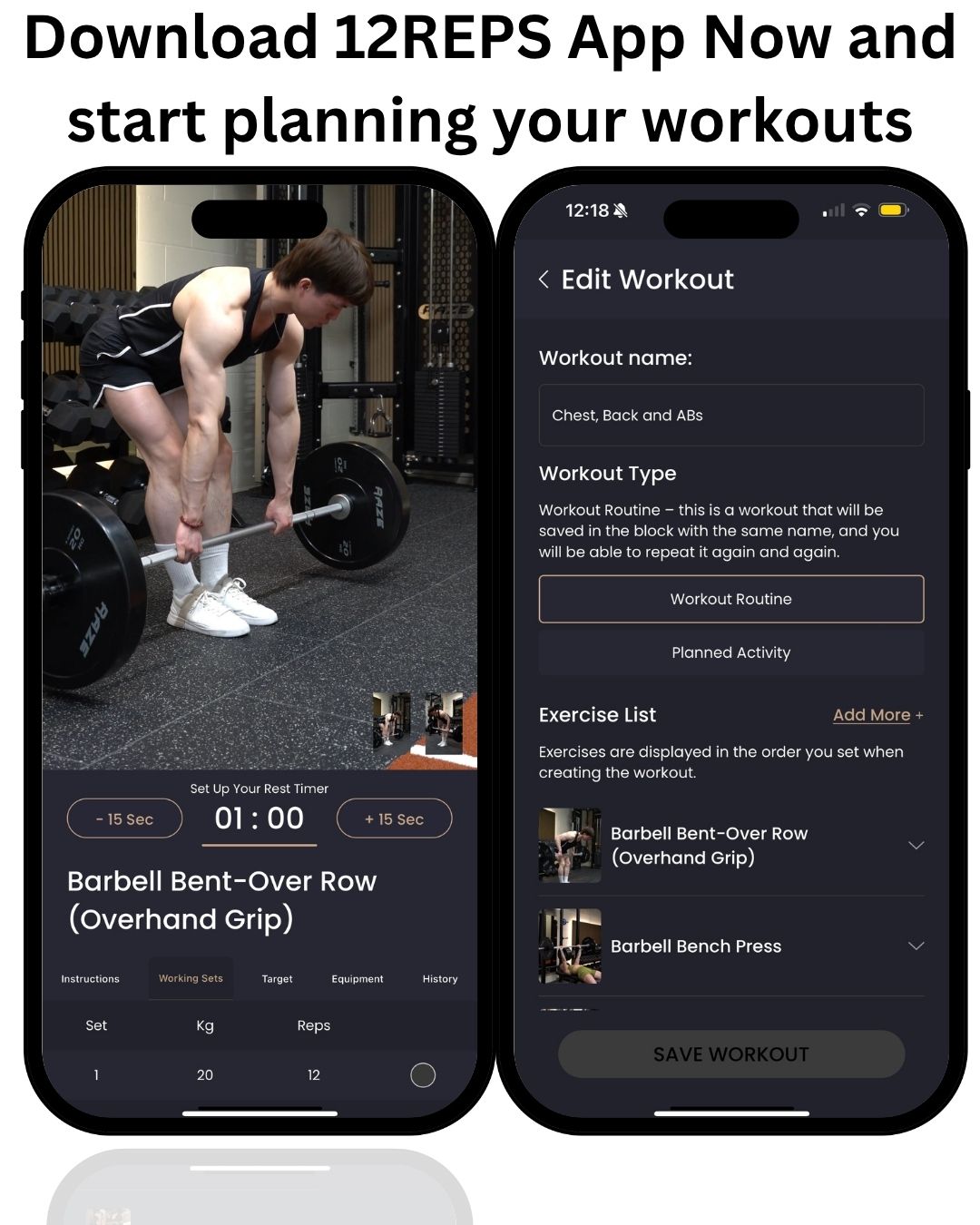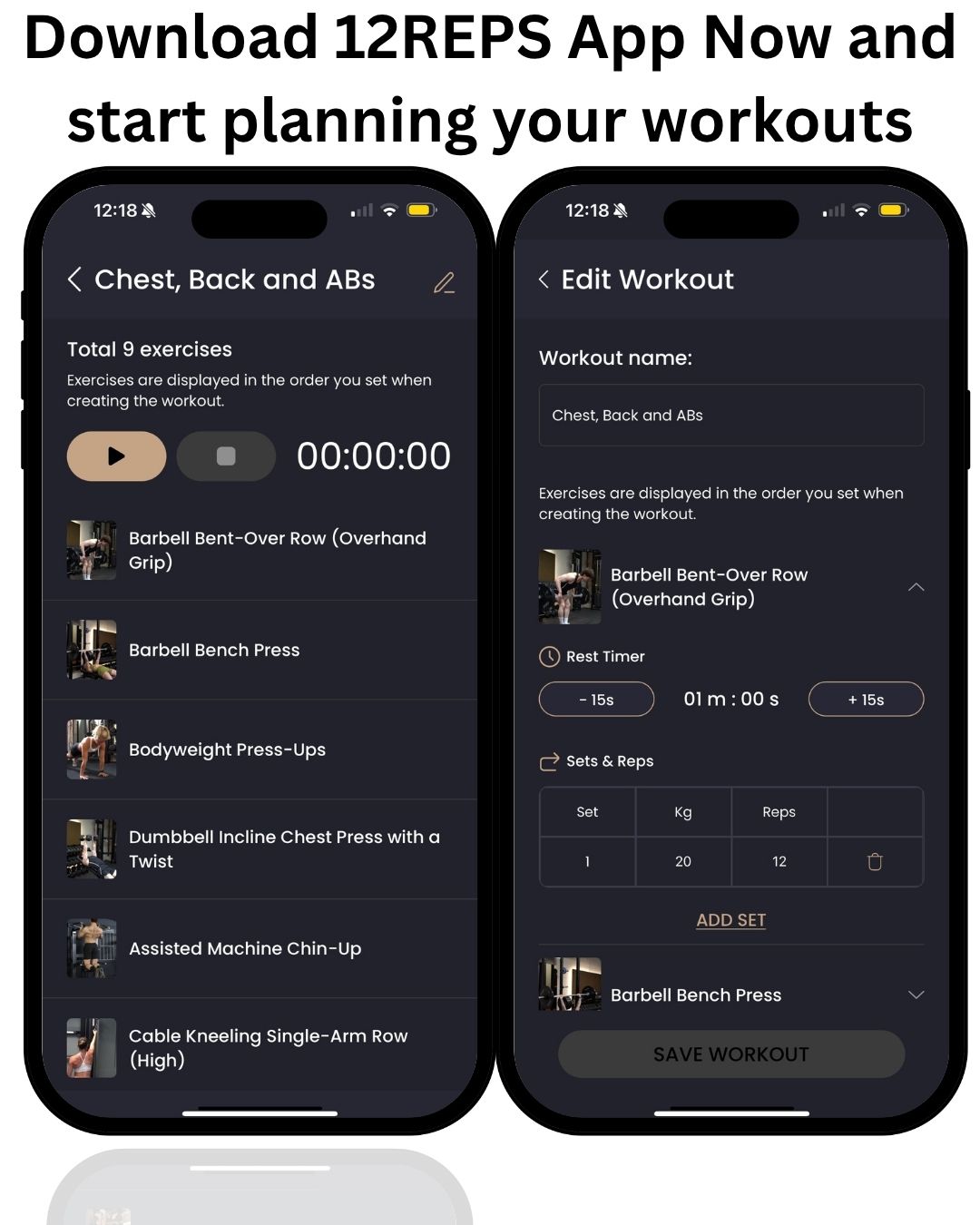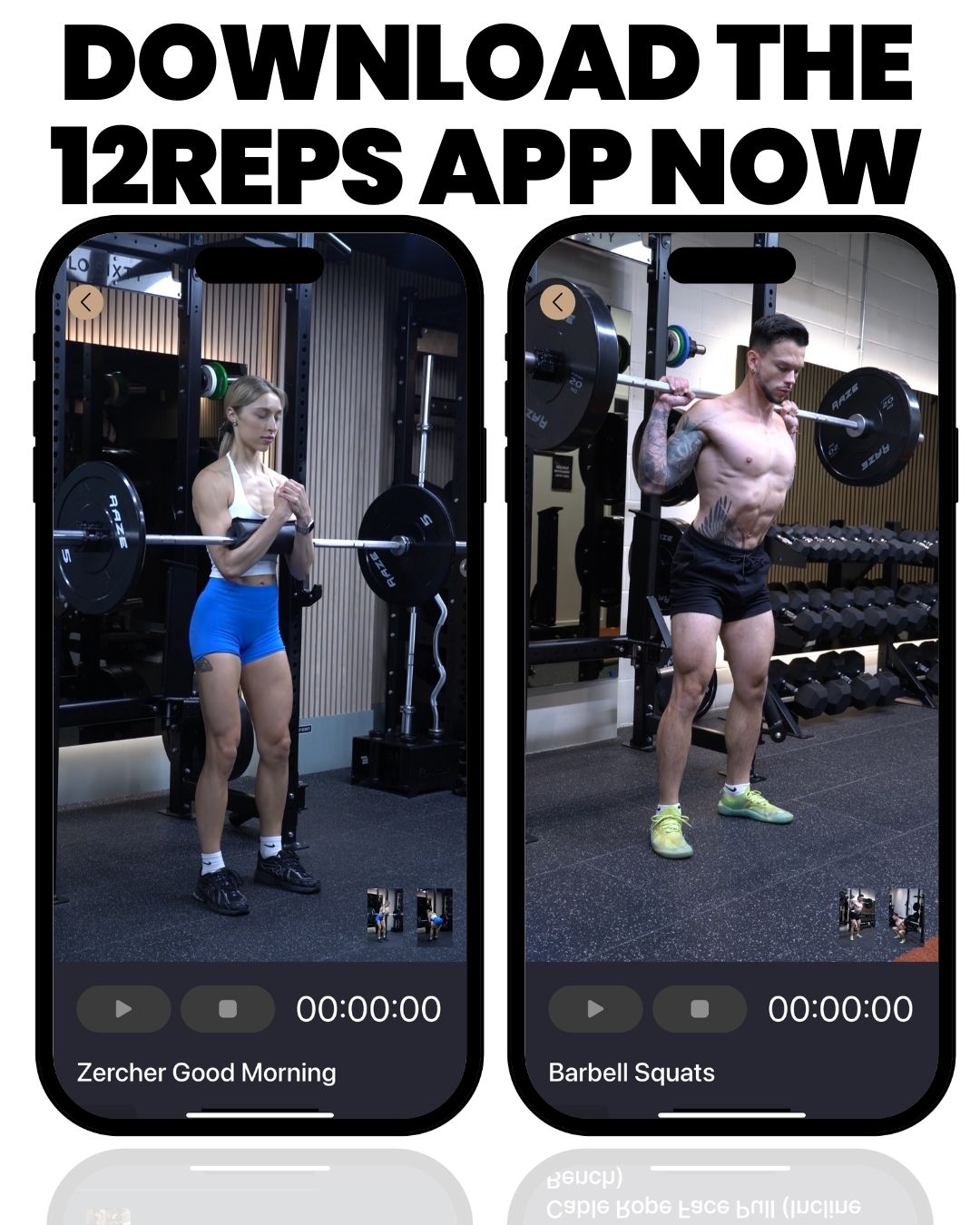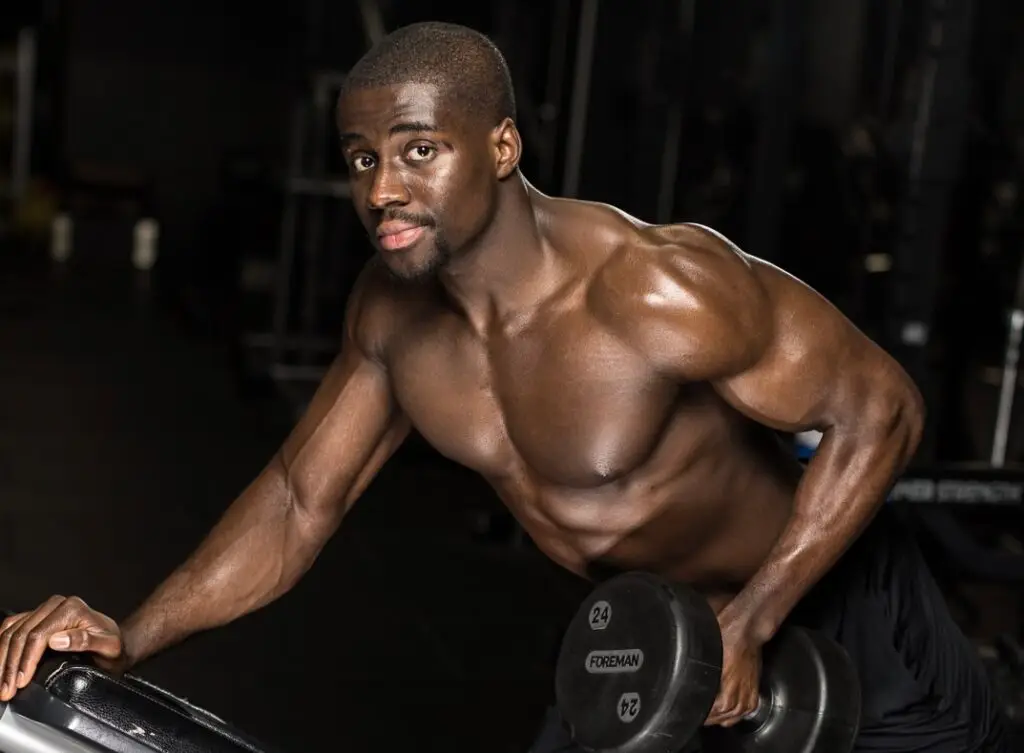By Will Duru, BSc (Hons) Sport and Exercise Science, Award-winning Personal Trainer with over 10 years of experience in strength training and optimising recovery
“I’ve Been Working Out for Two Weeks, Why Don’t I Have a Six-Pack Yet?”
I get some version of this question all the time. A new client comes to me, full of motivation. They’ve been hitting the gym hard for a couple of weeks, and they’re frustrated. They’re looking in the mirror, expecting to see a completely different person, and they’re just not seeing it. In a world of 30-day transformation pictures on Instagram, we’ve been conditioned to expect instant results. And when we don’t get them, it’s easy to get discouraged.
I’m going to be brutally honest with you. Unrealistic expectations are the number one killer of fitness goals. When people don’t see the results they’ve been promised by some social media influencer in the first month, they quit. They think, “This isn’t working for me,” and they go right back to their old habits.
I don’t want that to happen to you. I want to give you a realistic, science-backed timeline for what you can actually expect when you start your fitness journey after 30. I’m going to break down what’s happening in your body in the first few weeks, the first few months, and beyond. And I’m going to show you how a good workout tracker like the 12reps app is the key to staying motivated by tracking the small, consistent bits of progress that lead to massive changes over time.
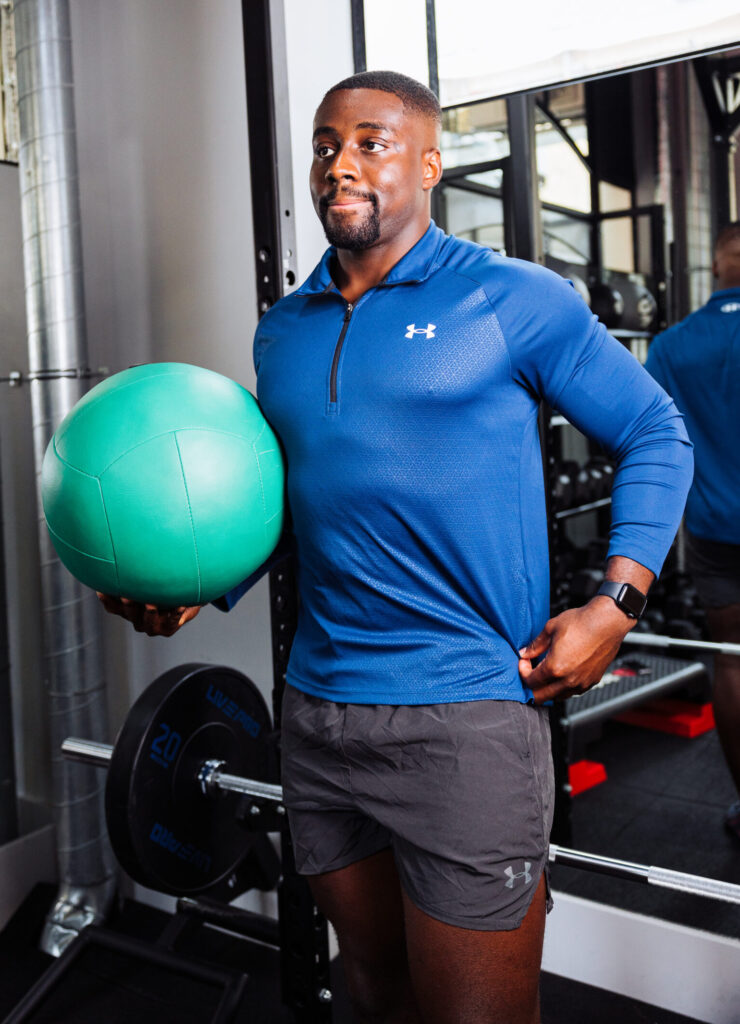
The First 4-6 Weeks: The "Invisible" Gains
The first month of a new workout program is often the most confusing. You’re putting in the work, you’re showing up, but you’re not seeing much of a difference in the mirror. This is completely normal. In fact, it’s exactly what’s supposed to happen. The first 4-6 weeks of strength training are all about what we call “neurological adaptations.” [1]
Think of it like this: your brain and your muscles are learning to talk to each other more efficiently. Your brain is getting better at sending the signals that tell your muscles to contract. You’re not building bigger muscles yet, but you are getting much better at using the muscle you already have. This is why you will get stronger much faster in your first month than at any other time.
So, what should you expect to feel in these first few weeks? You’re going to feel the results long before you see them.
You’ll have more energy. It seems counterintuitive, but expending energy in the gym will give you more energy in your daily life.
Your mood will improve. The mental health benefits of exercise are real and they kick in almost immediately. You’ll feel less stressed and more positive. [2]
You’ll feel stronger. This is the big one. You’ll be able to lift more weight or do more reps every single week. This is your nervous system getting more efficient.
This initial strength gain is the most motivating part of starting out. It’s proof that what you’re doing is working. This is why a good workout tracker is so important. When you can look at your 12reps app and see in black and white that you lifted more than you did last week, it gives you the motivation to keep going, even if you’re not seeing it in the mirror yet.
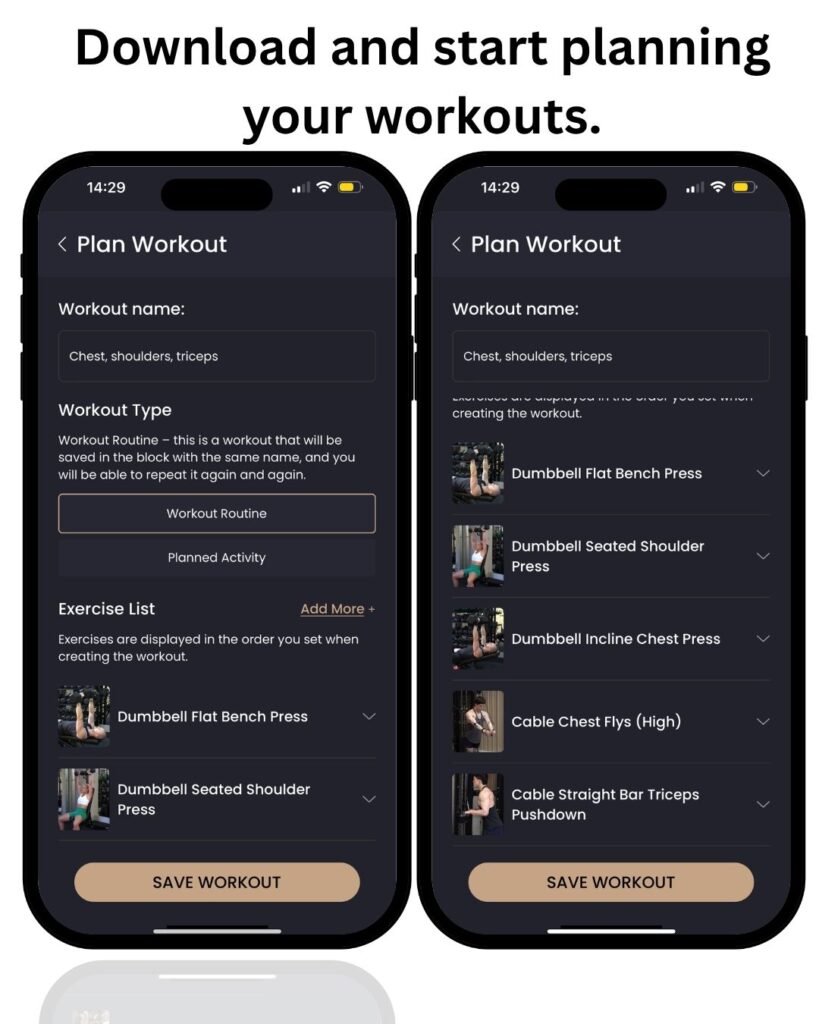
Months 2-4: The Visible Changes Begin
This is where the fun really starts. After that initial period of neurological adaptation, your body starts to make real, visible changes. This is the timeframe where, with a consistent strength training program and a decent diet, you will start to see noticeable changes in your body composition. [3]
What can you expect to see during this phase?
Increased muscle definition. Your arms, shoulders, and chest will start to look and feel fuller and firmer. You’ll start to see the shape of the muscle you’re building.
Your clothes will fit better. The scale can be a liar. You might be building muscle and losing fat at the same time, so your weight might not change much. But your clothes will tell the real story. Your pants will be looser around the waist, and your shirts will be tighter around the chest and arms.
Your posture will improve. As you build strength in your back and core, you will naturally start to stand taller and look more confident.
My biggest piece of advice for this phase is to take progress photos. Take them every four weeks, in the same lighting, from the front, side, and back. You see yourself in the mirror every day, so it’s hard to notice the slow changes. But when you compare your photos from month to month, the progress will be undeniable. It will keep you motivated to keep pushing forward.
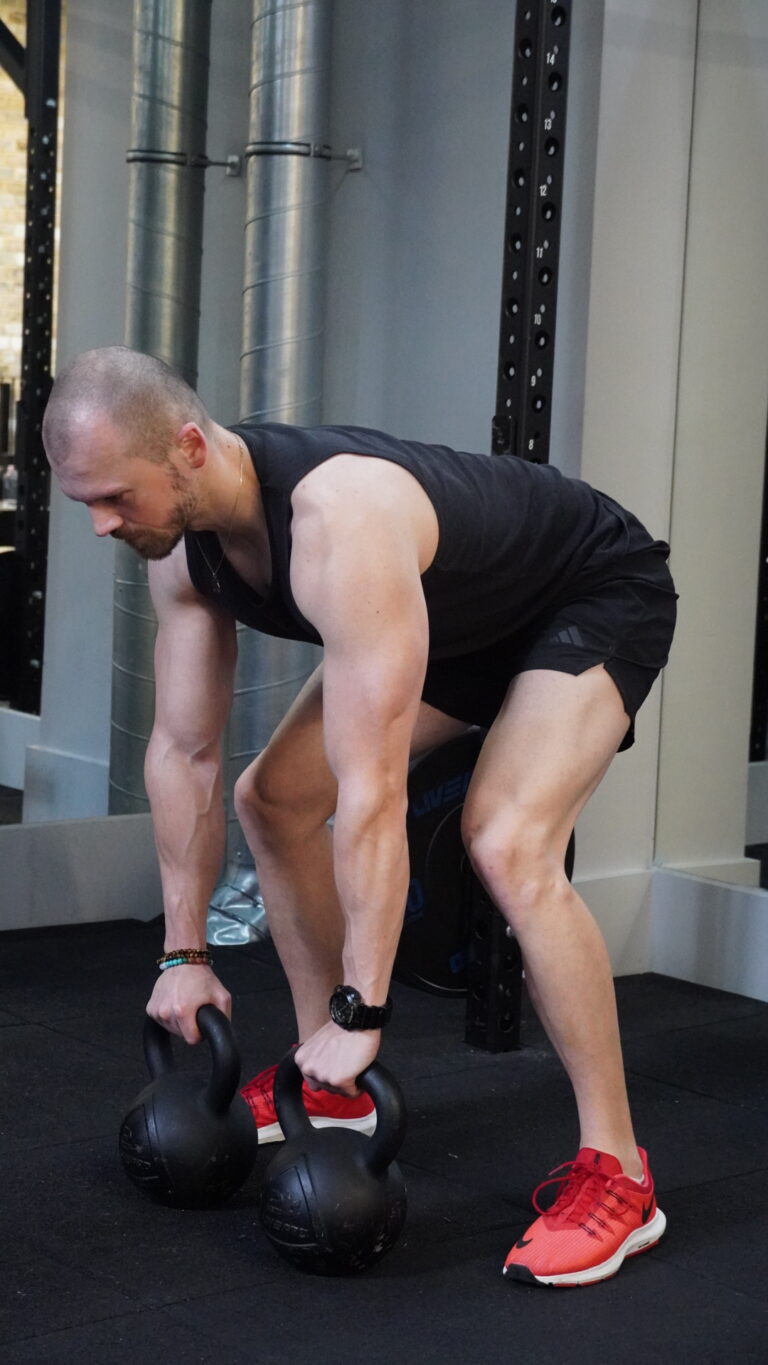
Month 6 and Beyond: The Transformation Takes Shape
By the time you hit the six-month mark of consistent training and decent nutrition, your transformation will be undeniable. This is the point where your friends, family, and coworkers will really start to notice. They’ll say things like, “Wow, you’ve lost weight!” or “Have you been working out?”
This is the phase where fitness stops being something you do, and it starts to become a part of who you are. The habit is ingrained. You don’t have to force yourself to go to the gym anymore; it’s just a part of your routine. You’ll feel like a completely different person, not just physically, but mentally as well. Your confidence will be higher, you’ll have more energy than you’ve had in years, and you’ll have a new sense of control over your health and your life.
But I want to be clear about something. The goal is not a 12-week transformation. The goal is a lifelong habit. The incredible results you will see at the six-month mark are just the beginning. If you stay consistent, you will continue to make progress for years to come. The journey of a thousand miles begins with a single step. Your transformation journey begins with a single workout. If you’re ready to take that first step, download the 12reps app and let’s get started.
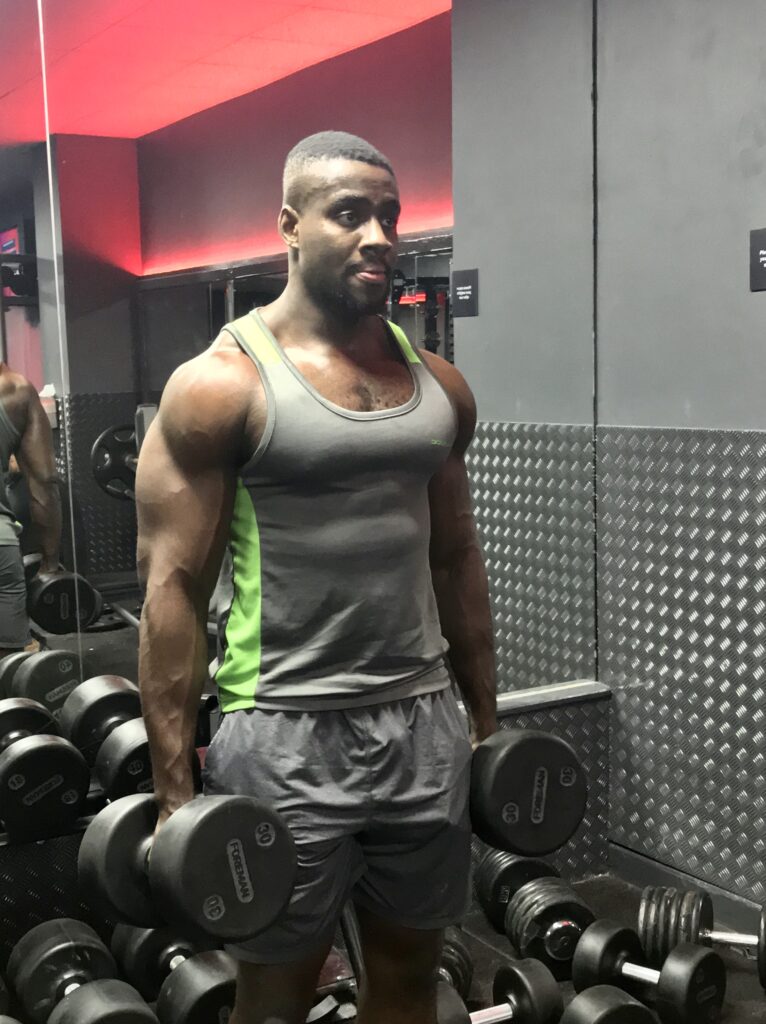
The Bottom Line: Be Patient and Consistent
So, how long does it really take to get in shape after 30? Here’s the honest answer:
You’ll feel better in a matter of weeks.
You’ll start to look better in a matter of months.
You’ll transform your body and your life in six months and beyond.
Patience and consistency are the two most important ingredients for success. Stop looking for quick fixes and magic pills. They don’t exist. Start building a foundation of good habits, one workout at a time. The man you want to be in a year is built by the choices you make today.
Are you ready to start your journey and track every single step of your progress? Begin your free trial of the 12reps app now.
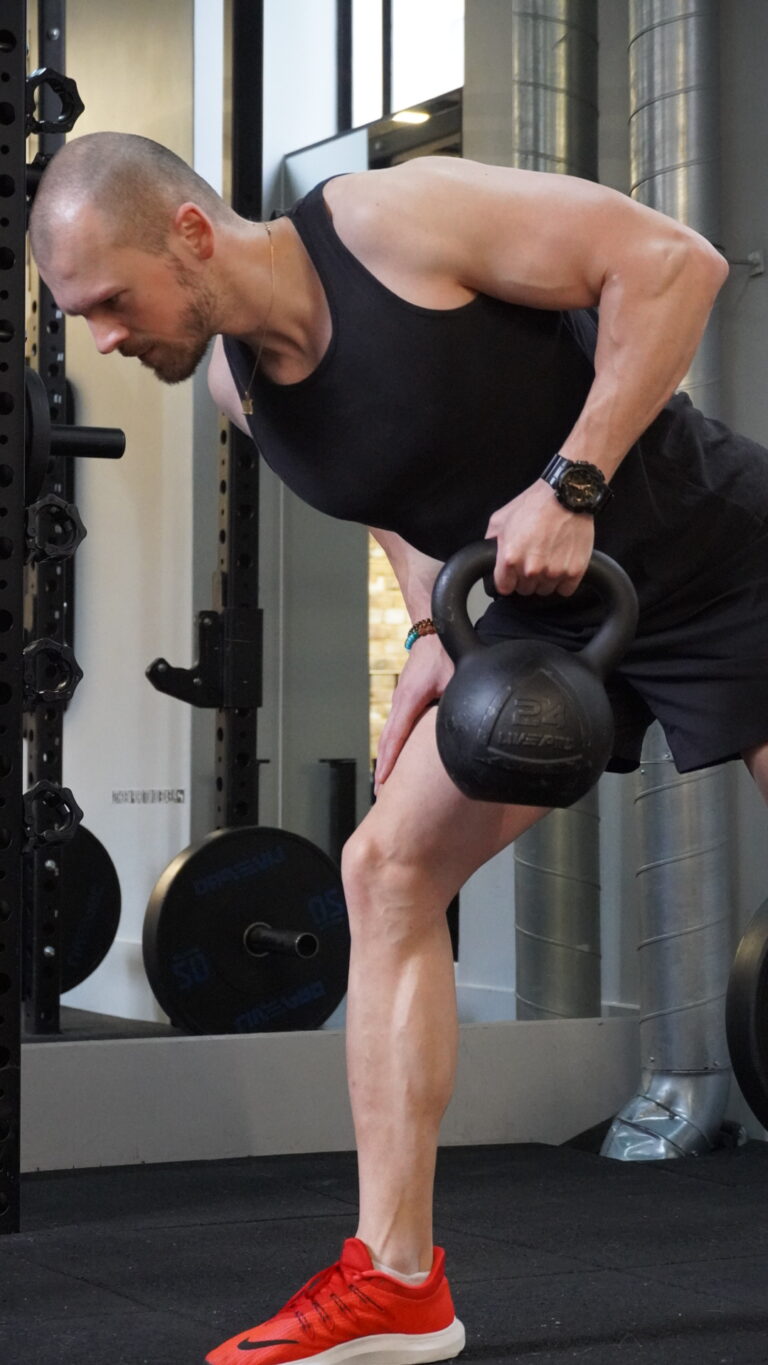
References
- [1] Weier, N., & Brown, L. E. (2017). Weekly time course of neuro-muscular adaptation to intensive strength training. Frontiers in physiology, 8, 329. https://www.frontiersin.org/articles/10.3389/fphys.2017.00329/full
- [2] Reimers, K., Knapp, G., & Reimers, A. K. (2018). Does physical activity increase life satisfaction? A systematic review and meta-analysis. Journal of sport and exercise psychology, 40(4), 189-204. https://journals.humankinetics.com/view/journals/jsep/40/4/article-p189.xml
- [3] Wernbom, M., Augustsson, J., & Thomeé, R. (2007). The influence of frequency, intensity, volume and mode of strength training on whole muscle cross-sectional area in humans. Sports medicine, 37(3), 225-264. https://link.springer.com/article/10.2165/00007256-200737030-00004

